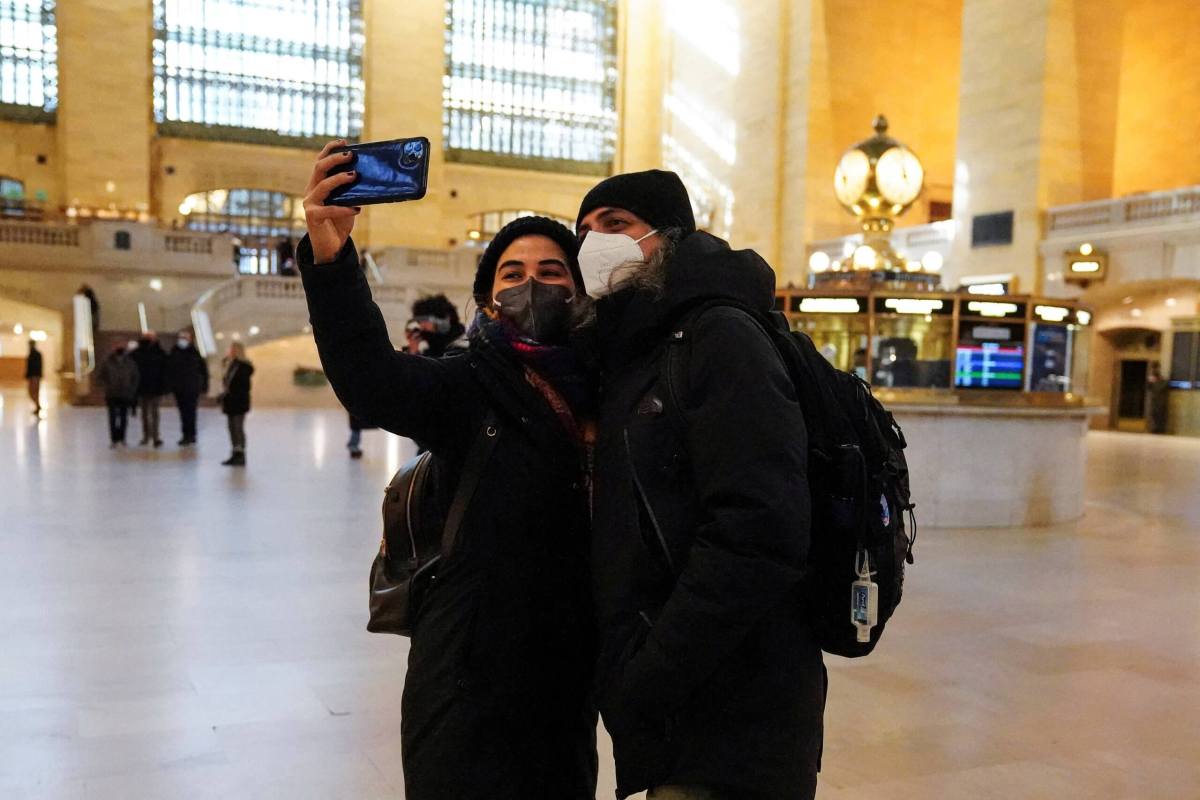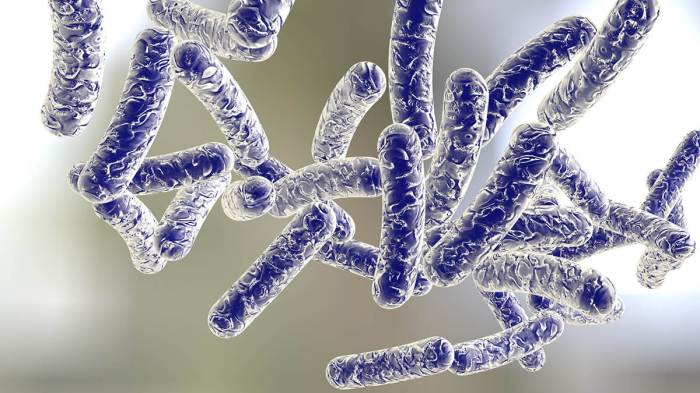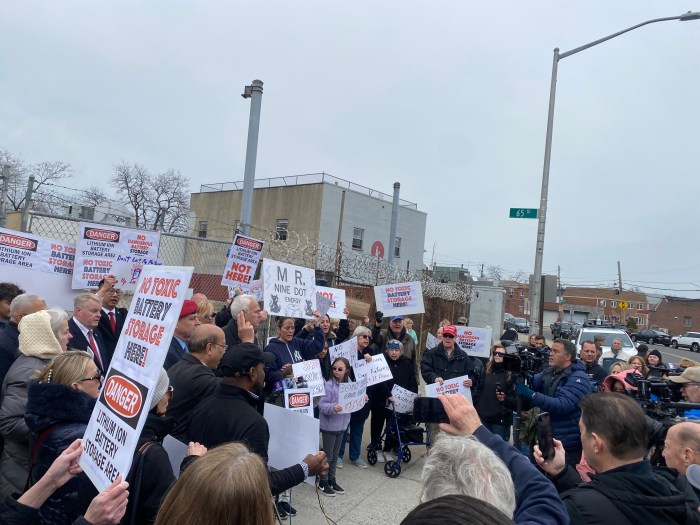The rapid decline in COVID-19 cases across New York City continued over the past week, with no neighborhoods exceeding a 20% positivity rate or more than 540 new cases.
The Five Boroughs are now well past the peak of infections sparked by the Omicron variant which took hold just before Christmas 2021. Every major indicator the city’s Department of Health and Hygiene uses to track COVID-19 — including hospitalizations and deaths — are steadily decreasing day by day.
That includes the 7-day positivity rate, which was down to 9.06% as of Jan. 29; just eight days earlier, on Jan. 21, that figure was 17.67%.
More good news was found in the transmission rate, which tracks the spread of COVID-19. The citywide rate of Jan. 25 was 424.38 cases per 100,000 — a more than 50% decrease from the 1,031.33 cases per 100,000 rate reported a week prior.
Every borough but Staten Island (516.02 per 100,000) had transmission rates under 500 per 100,000 as of Jan. 25, the city’s Health Department noted. Still, the transmission rates are considered “very high,” though that may not be the case for much longer.
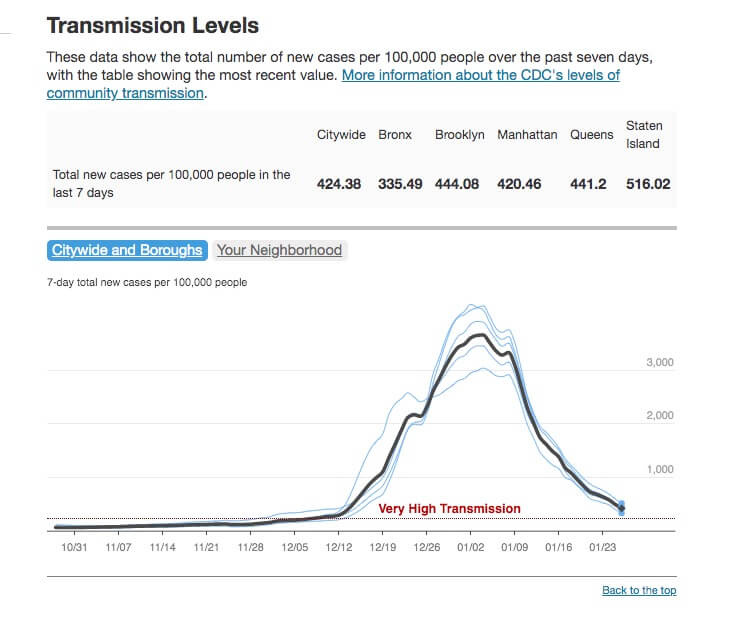
In all, 53 neighborhoods across the Five Boroughs reported 7-day positivity rates of 10% or higher between Jan. 20-26; not one of them had a rate above 20%. By contrast, just a week earlier, 49 areas of the city reported 7-day positivity rates of 20% or higher.
Over the past week, the Flushing/Murray Hill/Queensboro Hill area of Queens (11355) boasted the highest 7-day positivity rate between Jan. 20-26, at 16.46%, with 377 new cases detected. That was followed by the Annadale/Rossville area of Staten Island (10312), with a 14.53% positivity rate and 292 new cases; and Woodhaven, Queens (11421), which had a 13.88% positivity rate and 183 new cases.
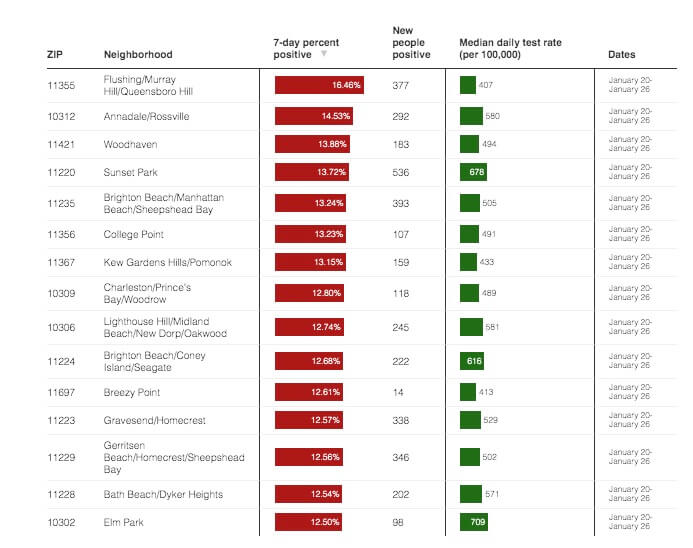
Sunset Park, Brooklyn (11220), which had the fourth-highest positivity rate for the period at 13.72%, lead the entire city in most new cases between Jan. 20-26, at 536. It was the only area of New York City with more than 500 infections over that week.
Two other Brooklyn neighborhoods had the second- and third-most infections in the city: Borough Park (11219, 420 new cases, 5.39% positivity rate) and Bath Beach/Bensonhurst/Gravesend (11214, 405 new cases, 12.26%).
Elmhurst, Queens (11373) was the only other New York City area with more than 400 cases, tallying 405 infections between Jan. 20-26, good for a 10.92% positivity rate.
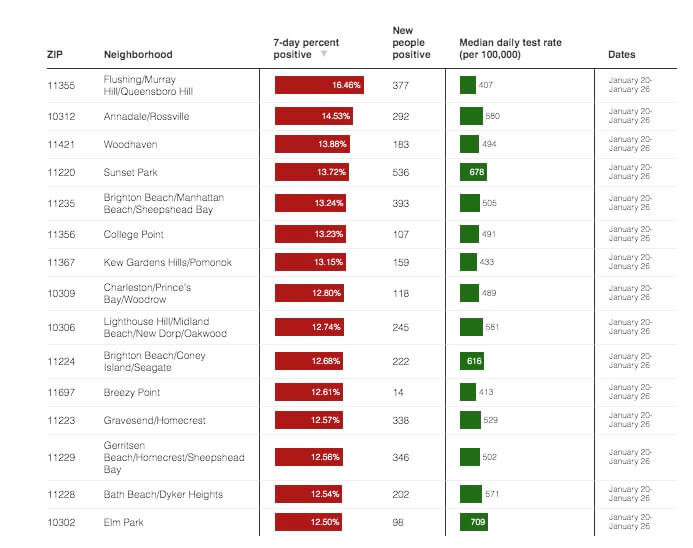
On the opposite end of the spectrum, just six areas had 7-day positivity rates below 5%. Half of them were in Manhattan, including the Financial District (10004), which had the both the lowest infection rate (1.87%) and fewest new infections (11) in the entire city between Jan. 20-26.
Approximately 51 areas of the city had fewer than 100 new infections during the period. Twenty-three of them were in Queens, with the fewest reported in Breezy Point (11697, 14 new cases, 12.61% positivity rate). Nineteen other locations were in Manhattan.
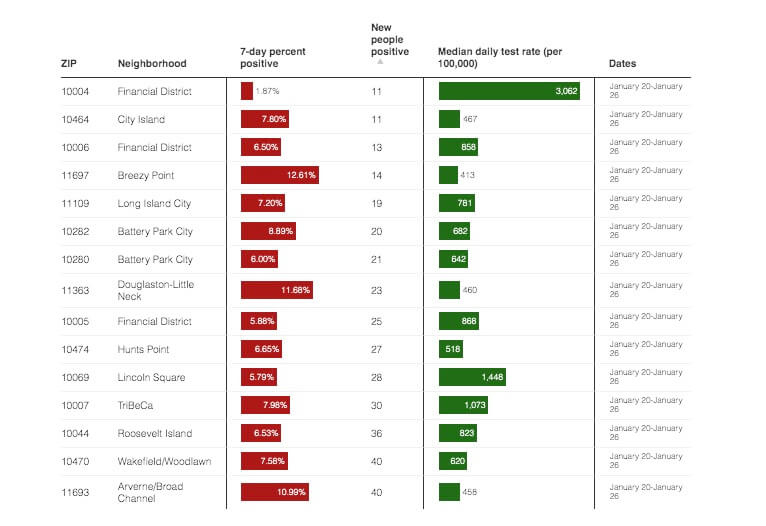
Infection rates are also falling for unvaccinated New Yorkers, though they remain highly susceptible to the virus and more likely to become infected than vaccinated New Yorkers. The case rate for the unvaccinated dropped from a whopping 15,238.99 per 100,000 reported on Jan. 8 to 8,288.41 per 100,000 on Jan. 15 — a 54% decrease.
By contrast, the case rate for vaccinated New Yorkers fell from 1,433.66 per 100,000 on Jan. 8 to 489.59 per 100,000 on Jan. 15 — a 34% drop.
Even so, based on the Jan. 15 numbers reported by the city’s Health Department, unvaccinated New Yorkers were still more than nine times more likely to contract COVID-19 than their vaccinated counterparts.
Based on the hospitalization rate reported on Jan. 15, the rate among unvaccinated New Yorkers (587.59 per 100,000) was 36 times higher than that for vaccinated New Yorkers (16.04 per 100,000).
Even so, New York City lost more than 2,300 people to COVID-19 in January alone, Mayor Eric Adams reported Sunday.



